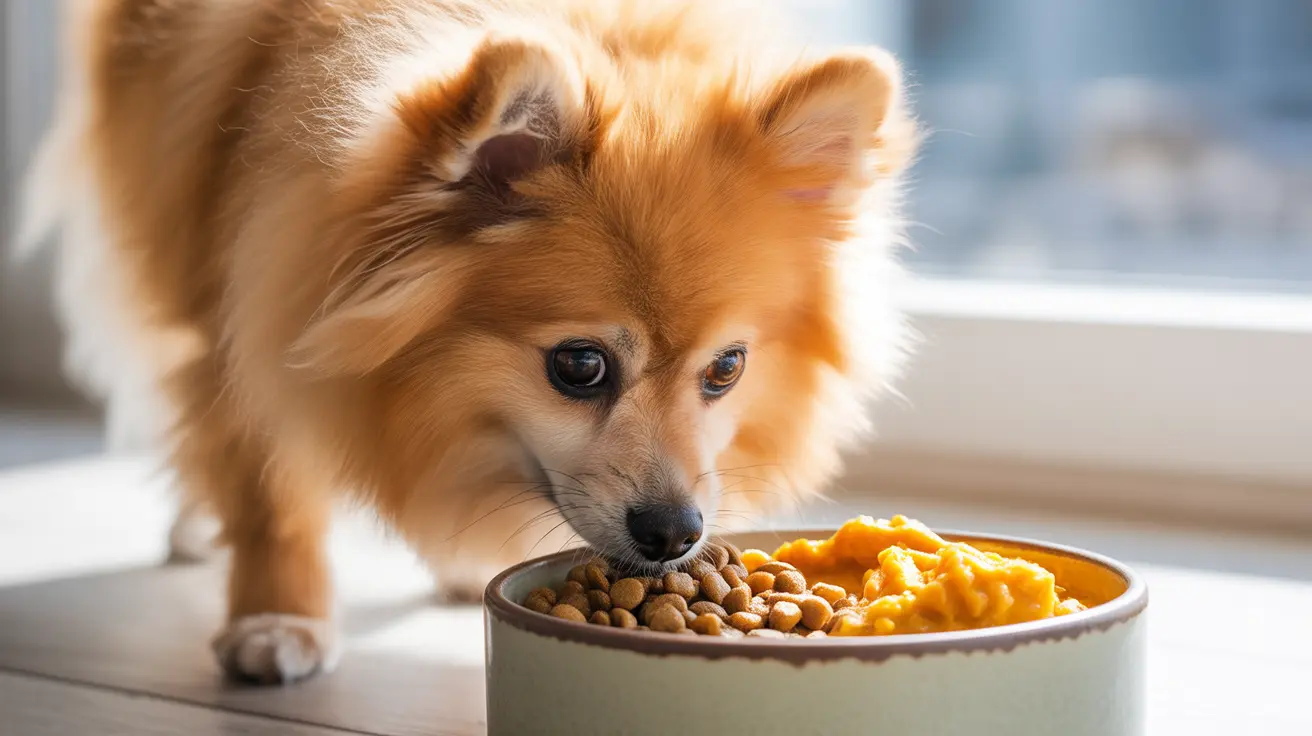If you're wondering why your puppy won't eat kibble, you're not alone. Many new pet parents face this common challenge during their puppy's early months. Understanding the reasons behind your puppy's reluctance and knowing how to address them can help ensure your growing friend gets the nutrition they need.
In this comprehensive guide, we'll explore the various reasons puppies might refuse kibble and provide practical, veterinarian-approved solutions to help get your puppy eating regularly.
Common Reasons Your Puppy Won't Eat Kibble
Medical and Developmental Issues
Before assuming your puppy is just being picky, it's important to rule out medical causes. Teething pain, dental issues, or underlying health conditions can make eating dry food uncomfortable or unappetizing. Additionally, very young puppies might not be fully weaned and ready for kibble, especially those under 6-8 weeks of age.
Behavioral and Environmental Factors
Sometimes, the reason for kibble rejection is behavioral or environmental. Recent changes in routine, a new home environment, or stress can affect your puppy's appetite. Additionally, if your puppy has been offered tastier alternatives like wet food or table scraps, they might be holding out for something more appealing.
Effective Solutions for Kibble Refusal
Making Kibble More Appealing
There are several ways to make dry food more enticing for your puppy:
- Moisten kibble with warm water to enhance aroma and soften texture
- Add a small amount of low-sodium chicken broth
- Mix in a spoonful of plain, unsweetened pumpkin puree
- Incorporate small amounts of wet puppy food
Establishing Healthy Feeding Routines
Creating consistent feeding patterns helps encourage regular eating habits:
- Set regular meal times (3-4 times daily for young puppies)
- Remove uneaten food after 15-20 minutes
- Avoid free-feeding
- Create a quiet, comfortable feeding area
Prevention and Best Practices
Proper Food Selection
Choose high-quality puppy-specific kibble that's appropriate for your puppy's age and size. Ensure the kibble pieces aren't too large or hard for your puppy to comfortably chew, especially during teething.
Transitioning Between Foods
When changing foods, always transition gradually over 7-10 days to prevent digestive upset and food aversion. Mix increasing amounts of new kibble with decreasing amounts of the old food.
When to Seek Veterinary Care
Contact your veterinarian if your puppy:
- Refuses food for more than 24 hours
- Shows signs of lethargy or illness
- Experiences vomiting or diarrhea
- Loses weight or fails to gain appropriately
Frequently Asked Questions
Why is my puppy refusing to eat dry kibble but seems fine otherwise?
If your puppy seems healthy but refuses kibble, they might be experiencing normal teething discomfort, adjusting to a new environment, or developing picky eating habits. Try moistening the kibble or warming it slightly to make it more appealing.
How can I make kibble more appealing to a teething or picky puppy?
Soften the kibble with warm water, add low-sodium broth, or mix in small amounts of wet puppy food. Ensure the food is at room temperature and serve in a quiet, stress-free environment.
When should I be concerned and take my puppy to the vet if they won't eat kibble?
Seek veterinary care if your puppy refuses food for more than 24 hours, shows signs of illness, experiences weight loss, or displays concerning symptoms like vomiting or diarrhea.
What practical steps can I take to encourage my puppy to eat their kibble regularly?
Establish consistent feeding times, create a calm eating environment, avoid offering too many treats between meals, and consider using food puzzles or interactive feeders to make mealtime more engaging.
Could feeding too many treats or human food cause my puppy to reject kibble?
Yes, excessive treats or human food can create picky eating habits and cause puppies to hold out for more appealing options. Limit treats to no more than 10% of daily caloric intake and avoid feeding table scraps.
Remember, most puppies will eventually develop healthy eating habits with patience and consistency. Focus on establishing good feeding routines early, and don't hesitate to consult your veterinarian if you have concerns about your puppy's eating habits or overall health.






